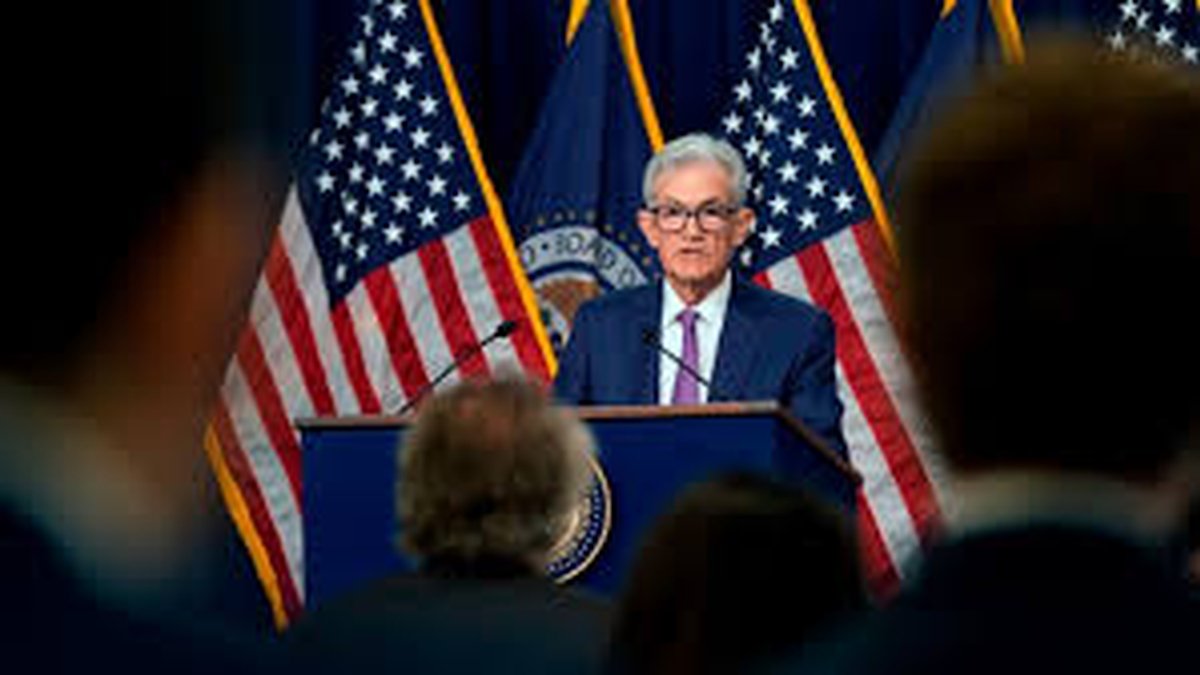Fed Patient, Not Passive: Why Officials Are Reluctant to Cut Rates Yet
Federal Reserve policymakers signaled this week that the central bank is prepared to hold interest rates higher for longer rather than rush into cuts — even as headline inflation shows signs of cooling. That stance reflects a deliberate, data-dependent posture: officials want clear, durable evidence that inflation is moving sustainably back toward the 2% objective before loosening monetary settings. This article unpacks the rationale behind the Fed’s caution, examines market and economic transmission channels, and outlines realistic scenarios for policy timing.
Why the Fed is exercising caution
The Fed’s reluctance is rooted in three interlocking concerns. First, the composition of recent disinflation matters: if price declines are driven by volatile components (energy, used cars, one-off supply improvements) rather than a sustained cooling of wage and core service inflation, the disinflation may be temporary. Second, labor market strength — measured by tight unemployment, robust job openings, and wage growth — can sustain upward pressure on domestic costs and services inflation, making a premature cut risky. Third, monetary policy works with long and variable lags; easing too early risks reversing progress and could entrench higher inflation expectations, which are costly to re-anchor.
Signs the Fed is watching closely
- Core inflation metrics (ex-food and energy) and the Fed’s preferred PCE gauge.
- Broad-based wage trends rather than transitory bonuses or sector-specific jumps.
- Services inflation, rents, and shelter — components that typically respond slowly to policy changes.
Market implications: bonds, equities, and the dollar
The immediate reaction to a ‘patient’ Fed is higher Treasury yields as investors push out expectations for the first cut. That dynamic raises borrowing costs across fixed-income markets and increases discount rates used for equity valuation — a headwind for long-duration growth stocks. Conversely, cyclical sectors tied to financials and value may show relative resilience. The dollar often strengthens on a prolonged higher-rate outlook, squeezing commodity-linked currencies and pressuring emerging-market capital flows.
Volatility and positioning risks
Elevated yields and a stubborn inflation narrative create a tighter risk environment: levered strategies, duration-heavy portfolios, and carry trades are more vulnerable to shocks. Traders should monitor term-premium shifts and changes in real yields as signposts for risk-on or risk-off rotations.
How businesses and households feel the effect
Sustained higher rates increase funding costs for corporations and households alike. Capital-intensive firms may defer expansion, and mortgage refinancing activity remains muted, weighing on housing turnover. For consumers, tighter credit conditions slow durable-goods purchases, but the impact will be uneven — higher-income households with fixed-rate mortgages are insulated, whereas new buyers and variable-rate borrowers feel immediate pressure.
Practical considerations for corporate treasurers
- Reassess debt ladders: prioritize locking rates where feasible to hedge rollover risk.
- Stress-test cash flows under higher-for-longer scenarios to ensure liquidity buffers.
- Consider natural hedges or cross-currency swaps if revenue mixes expose the firm to FX volatility.
Policy path forward: scenarios and probabilities
Absent a sudden economic slowdown, the most plausible Fed path is a multi-quarter pause before gradual cuts beginning in mid-to-late 2026 — though timing is data-dependent. Two alternate paths merit attention: a faster disinflation that allows cuts earlier, or a re-acceleration of inflation forcing further tightening. Market participants should not anchor to a single narrative; scenario planning is essential.
Investor takeaways
Investors should align portfolios to an environment of elevated real yields and intermittent volatility. That means diversifying across income-producing assets, shortening duration exposure if rate sensitivity is a risk, and keeping liquidity cushions to capitalize on dislocations. For those with longer horizons, selective accumulation in high-quality equities during pullbacks can be attractive — provided earnings prospects remain robust under a slightly higher-rate regime.
Key signals to monitor
- Core PCE inflation prints and services inflation trends.
- Wage growth and labor-market slack indicators.
- Fed communications and the dot plot trajectory at upcoming FOMC meetings.
In short, the Fed’s ‘‘not in a rush’’ message is purposeful: it prioritizes durable disinflation over a quick but reversible policy pivot. That prudence reduces the probability of policy whiplash, but it keeps global markets on alert — and makes disciplined risk management the priority for investors, firms, and households alike.
